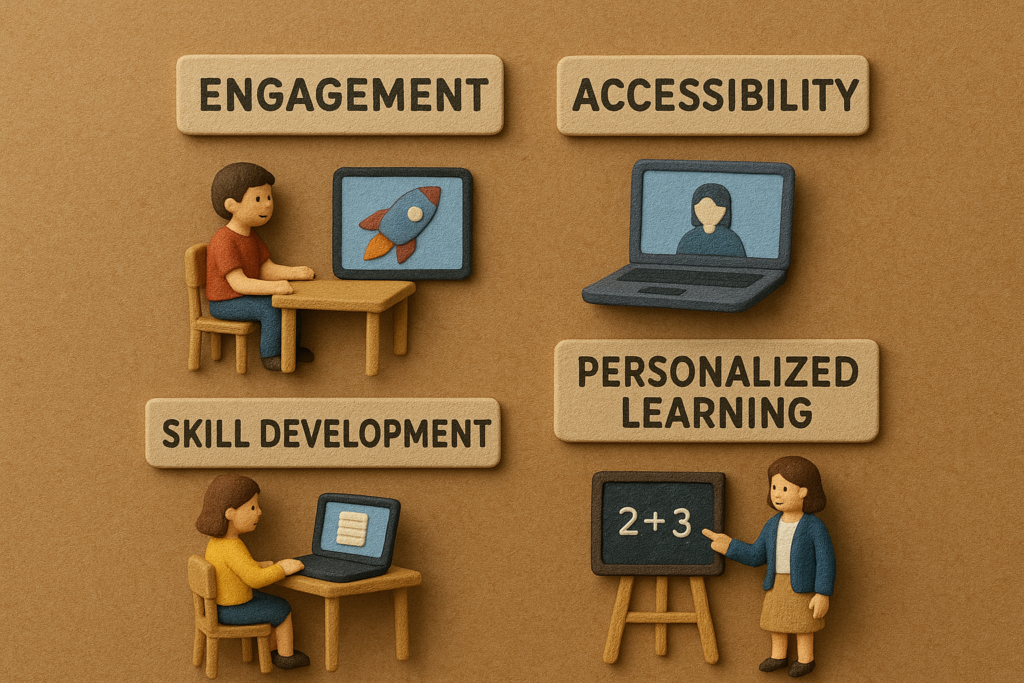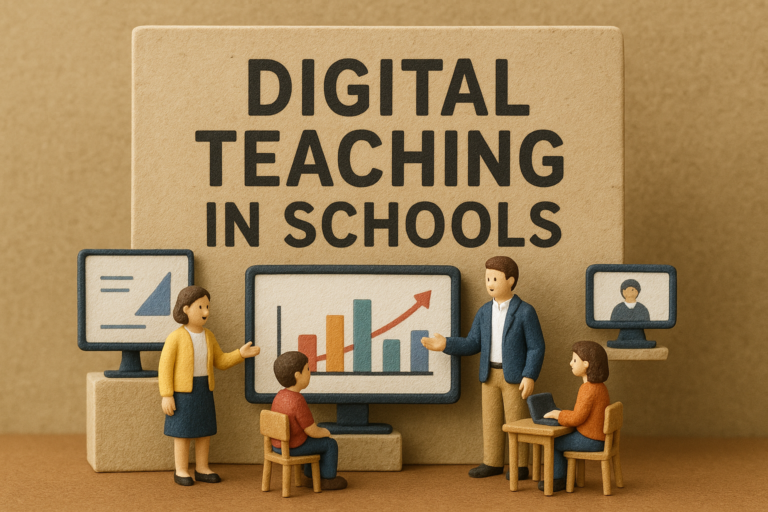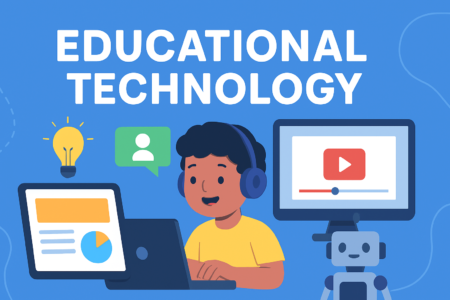In today’s fast-changing world, digital teaching has become the backbone of modern education. Schools are no longer limited to chalkboards and textbooks—learning now happens through interactive smart boards, online classrooms, and digital resources that make lessons more engaging and effective.
What is Digital Teaching?
Digital teaching refers to the use of technology in education. It includes tools like:
Smart classrooms with projectors and screens
Online platforms such as Google Classroom or Microsoft Teams
E-learning apps for practice and assessments
Virtual reality (VR) and simulations for practical understanding
This method is designed to make learning not only easier but also more interactive and personalized for students.

Why Digital Teaching is Important in Schools
Engagement: Digital tools like animations, videos, and interactive quizzes capture students’ attention better than traditional lectures.
Accessibility: Students can access lessons anytime, anywhere, even from home.
Skill Development: Technology use prepares students for the digital world by improving computer literacy, creativity, and problem-solving skills.
Personalized Learning: Every child learns at a different pace. Digital teaching helps teachers create content that suits individual needs.
Benefits for Students and Teachers
For Students: Better understanding of concepts through visual aids, instant feedback from online quizzes, and opportunities to explore beyond textbooks.
For Teachers: Easy sharing of resources, quick assessments, and more time to focus on creative teaching methods.
Challenges of Digital Teaching
While digital teaching is powerful, schools must also address challenges like:
Providing equal access to devices and internet
Training teachers to use digital tools effectively
Ensuring students do not get distracted by non-educational online content
Conclusion: A Bright Future Ahead
Digital teaching in schools is not just a trend—it is the future of education. With proper guidance and balanced use of technology, schools can create classrooms that are more engaging, inclusive, and effective for students.
By adopting digital teaching methods, we prepare students not only for exams but also for the digital-first world they will live and work in.







